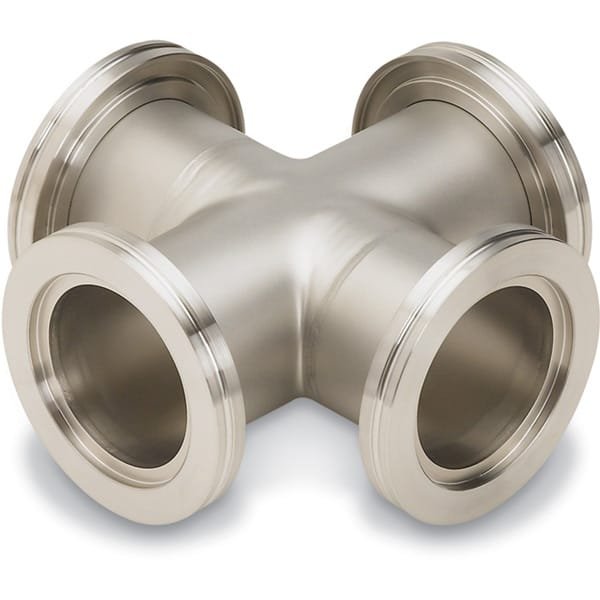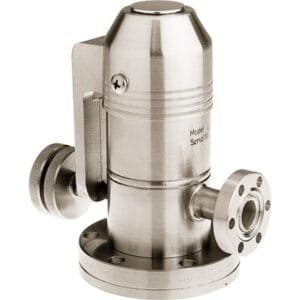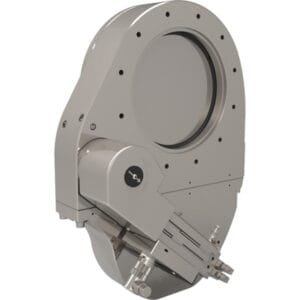4-Way ISO-K HV Crosses: Core Connectivity for High-Vacuum Infrastructure
4-Way ISO-K HV Crosses manufactured by TFM are essential structural components designed to interconnect multiple branches of a high-vacuum (HV) system. Each cross features four ISO-K flanged ports, arranged orthogonally, making it ideal for constructing modular vacuum assemblies, distributing pumping lines, or integrating multiple diagnostic or process devices.
Fabricated from 304L stainless steel tubing, these crosses combine strength, corrosion resistance, and vacuum integrity. The ISO-K flanges enable fast, tool-friendly installation using standard clamp-style fasteners, centering rings, and elastomeric o-rings. This allows for secure, leak-tight connections while supporting pressures as low as 10⁻⁸ Torr.
Key Features of 4-Way ISO-K HV Crosses:
Precision 304L Stainless Steel Construction
Engineered for strength and chemical compatibility, the stainless steel body performs reliably in corrosive, thermally variable, and clean vacuum environments.ISO-K Flange Standardization
All four ports are equipped with ISO-K flanges, facilitating modular connectivity using clamps rather than nuts and bolts—ideal for systems that require frequent reconfiguration or easy maintenance.Orthogonal 4-Port Design
Offers a symmetrical junction for pumps, gauges, viewports, or valves—enhancing layout efficiency and enabling flexible vacuum routing.High Vacuum Readiness
Components are helium leak tested and internally cleaned to minimize outgassing and contamination, supporting HV operations down to 10⁻⁸ Torr.Standard and Custom Sizes Available
Available in ISO63, ISO100, ISO160, and ISO200 sizes, with customizable tube lengths or flange orientations available upon request to suit system-specific requirements.
Application Scenarios:
Pumping station manifolds
Foreline distribution nodes
Sensor and gauge integration in vacuum chambers
Multi-instrument access points in analytical or thin-film systems
Modular assembly bases for research and development platforms
TFM also offers a full range of ISO-K accessories, including quick clamps, center rings with FKM or Buna-N o-rings, blank flanges, and transition adapters, allowing for seamless integration of the 4-way cross into your vacuum system.
In summary, 4-Way ISO-K HV Crosses are an indispensable solution for vacuum professionals who require durable, flexible, and easy-to-configure connection hubs. Whether used in semiconductor tooling, vacuum metallurgy, or advanced R&D environments, these crosses provide the structural foundation for high-performance vacuum networks.





Reviews
There are no reviews yet.